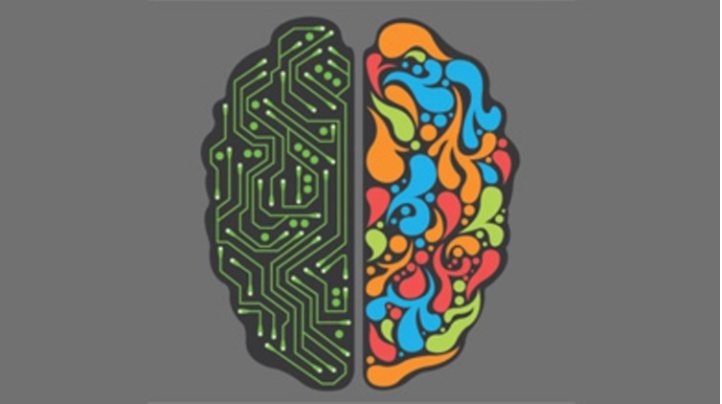Firstly, it’s essential to recognize the importance of the environment in which we communicate. Our brain is wired to read and respond to emotions, facial expressions, and body language, which may be lost when using virtual backgrounds. When we communicate through a virtual platform, our brain utilizes visual and auditory cues to interpret the situation at hand. Suppose these cues are artificial or displaced. In that case, the brain struggles to interpret the situation correctly, leading to a cascade of hormonal and emotional responses.
Secondly, the use of virtual backgrounds has been shown to trigger the release of the stress hormone cortisol. Cortisol is produced by the adrenal glands in response to the flight or fight response. Its primary role is to provide the body with glucose to cope with stress. Suppose we are in a constant state of stress during virtual meetings due to artificial environments. In that case, this increases cortisol production, leading to decreased focus, memory, cognitive function, and increased anxiety and depression. This can negatively impact not only the individual but also the perception people have of the organization.
Thirdly, the use of virtual backgrounds can have the opposite effect of what we intended to create. Instead of making the environment appear more professional and trust-worthy, inappropriate or unprofessional virtual backgrounds can negatively affect the perception of the organization and individuals involved. For example, a virtual background with a beach might be perceived as playful and relaxed, which may not be appropriate for a serious business meeting.
Fourthly, the use of virtual backgrounds requires additional cognitive processing that takes away from the primary focus of the business meeting, which is communicating and building trust. Instead, individuals may be fixated on the virtual background’s visual appeal or distraction, increasing cognitive load and reducing concentration and memory retention.
Lastly, the use of virtual backgrounds can create a “social distance” between individuals, which can negatively affect the formation of social bonds. When we interact with others, our brain produces oxytocin, a hormone that promotes social bonds and trust. However, virtual backgrounds can interfere with that process, leading to a decreased level of trust and social connection, making it difficult to establish long-term business relationships.
In conclusion, the use of virtual backgrounds in online business meetings can negatively impact the emotions and hormones of those using it, leading to decreased trust and business growth. It’s essential to recognize the importance of environment in communication and the role hormones and emotions play in the formation of social bonds and trust. Therefore, it’s crucial to consider the implications of using virtual backgrounds in a business setting and whether it enhances or detracts from the primary goal of establishing trust and building long-term relationships.



